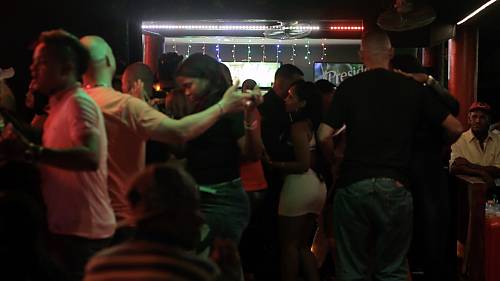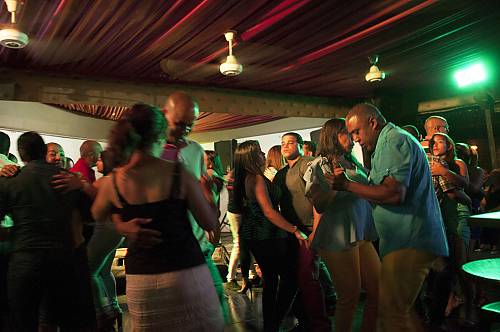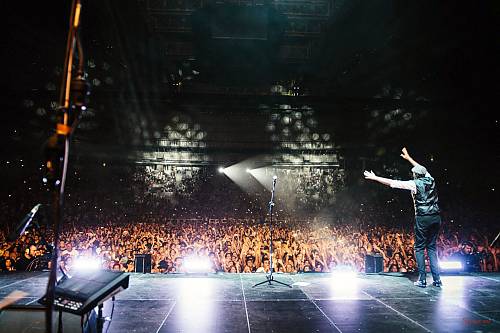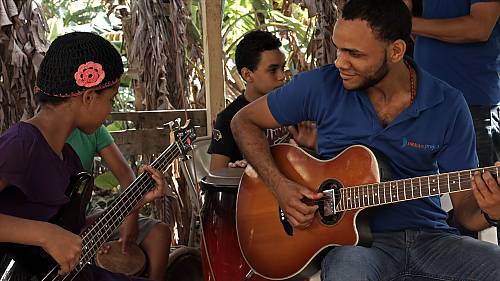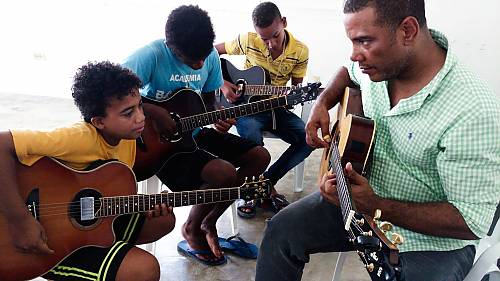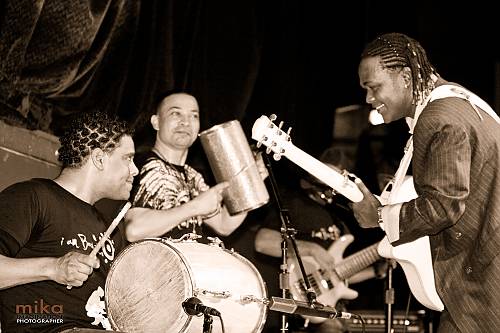Music and dance of Dominican Bachata
Inscribed in 2019 (14.COM) on the Representative List of the Intangible Cultural Heritage of Humanity

The music and dance of Dominican Bachata is a danceable musical expression, deriving from a fusion of rhythmic bolero with other Afro-Antillean genres such as Son, the Cha-cha-cha, Merengue, etc. The Dominican people consider the music and dance of Bachata as a vernacular cultural manifestation, omnipresent in community celebrations and social gatherings. In general, the lyrics of Bachata express deep, visceral feelings of love, passion and nostalgia. Etymologically, the term ‘bachata’, presumed to be of African origin, originally referred to a lively gathering or party, rather than a musical genre specifically. For its performance, Bachata traditionally requires a small group of musicians, who use one or two guitars as lead instruments (electric guitars are widely used nowadays), and a percussion composed of bongos, maracas and a guiro accompanied by a bass. The music has four tempos per beat and usually one of the musicians is the lead singer. The dance of Bachata is equally passionate, consisting of a couple’s dance characterized by a sensual hip movement and simple eight-step structure. Since the element is an integral part of all traditional celebrations in the Dominican Republic, the dance is learnt spontaneously from a young age, but there are also over a hundred academies, studios and schools dedicated to its transmission.
